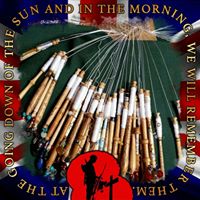Which three substances is a rhinoceros horn primarily made of?
Infamous for the massive horn (or horns) on their nose, it's no surprise that the word "rhinoceros" comes from the Greek words "rhino" (nose) and "ceros" (horn).
Rhinoceros horns are made of keratin, a key component in human hair and fingernails; and CT scans have shown dense mineral deposits of calcium and melanin in the core of the horn. Studies at Ohio University show that the calcium makes the horn stronger, and the melanin protects it from the sun's UV rays.
Rhino horns have a tendency to curve backward, toward the head, because the keratin in the front grows faster than the keratin in the back. The outside of the horn is said to be rather soft and therefore can be worn down or sharpened after years of use. If a rhinos horn breaks off, with time it can grow back.
More studies from the university have compared the horns to horse hooves, turtle beaks and cockatoo bills.
More Info:
m.livescience.com














